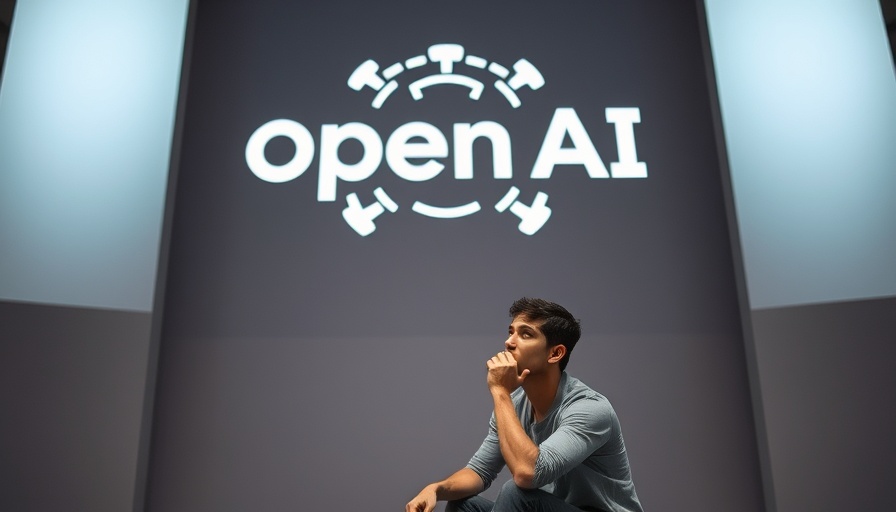
The Rise of Creative Freedom in AI: Benefits and Risks
As technology continues to push boundaries, OpenAI’s recent unveiling of ChatGPT’s fourth operating model (4o) introduces a captivating yet alarming feature: an image generator capable of producing hyper-realistic text in images. This innovation is quickly gaining traction among users, and, alarmingly, it’s being employed to create fake receipts. While fostering creative freedom, this technology raises ethical concerns regarding its potential misuse.
What's Behind the Trend of Fabricated Documentation?
Reports have emerged showcasing social media personalities using ChatGPT's 4o to produce counterfeit restaurant receipts, evidently as props in exchanges or perhaps to exploit for financial gains. For example, venture capitalist Deedy Das shared a meticulously designed fake receipt on X, demonstrating how accessible and effortless this technology has made it to replicate paperwork typically regarded as irrefutable proof in financial and legal settings.
AI's Role in Potential Fraud: A Double-Edged Sword
The consequences of such advanced capabilities are troubling. As these deepfake tools evolve, fraudsters might find it increasingly simple to navigate through verification processes that once relied heavily on authenticity. An intelligent observation highlights this from a LinkedIn user in France, who creatively manipulated an AI-generated receipt to make it appear crinkled and more real. While this showcases innovation, it simultaneously points to a dark trend in technological advancements fueling deceptive practices.
Can We Trust AI in Documentation?
OpenAI asserts that they include metadata with their images to help distinguish authentic content from forgeries. However, the mere existence of such a feature raises the fundamental concern: how effective will these indications be against the backdrop of rising digital deception? It's essential to recognize that while OpenAI champions showcasing creativity and financial literacy through non-fraudulent applications, the lines are growing increasingly blurred.
The Need for Vigilance in the Face of Technological Change
As AI becomes sophisticated and commonplace, it is imperative to implement robust verification measures to combat fraud. Individuals and businesses alike will have to adapt to this new reality. This might include reevaluating how financial transactions, claims, and audits are conducted, ensuring they integrate more reliable verification processes that can detect manipulations and uphold trust in digital interactions.
Future of Technology: Conversation Points
The trajectory of AI technology invites a larger conversation about its applications and the societal implications that come along with them. As the capabilities of AI expand, the opportunity for both beneficial applications and malicious exploitation rises, reminding us of the necessity for ethical considerations alongside technical advancements.
It’s indisputable that the potential uses of AI-generated content stretch into a realm of creativity and education; however, the risk to personal and business integrity cannot be overlooked. Therefore, the question remains: how will society navigate this delicate balance of innovation and responsibility?
Your Role in the Future of AI
To foster a secure digital landscape, stay informed about emerging technologies and their implications. Engage discussions on ethical AI usage, advocate for transparency in new advancements, and implement verification systems that promote trust. Familiarize yourself with daily tech news to remain straightforward about the changes that dramatically shift the technological landscape around us.
As we witness how these developments unfold, embracing a proactive stance can lead to a more equitable digital ecosystem that benefits society while minimizing the risks posed by deceptive practices. Let’s collectively take part in shaping a future where technology aids authenticity and creativity rather than undermines it.
 Add Row
Add Row  Add
Add 



Write A Comment